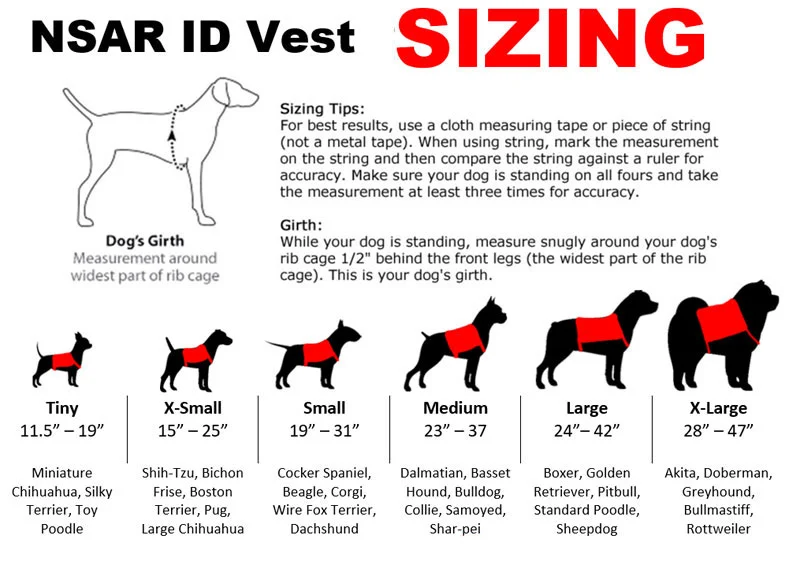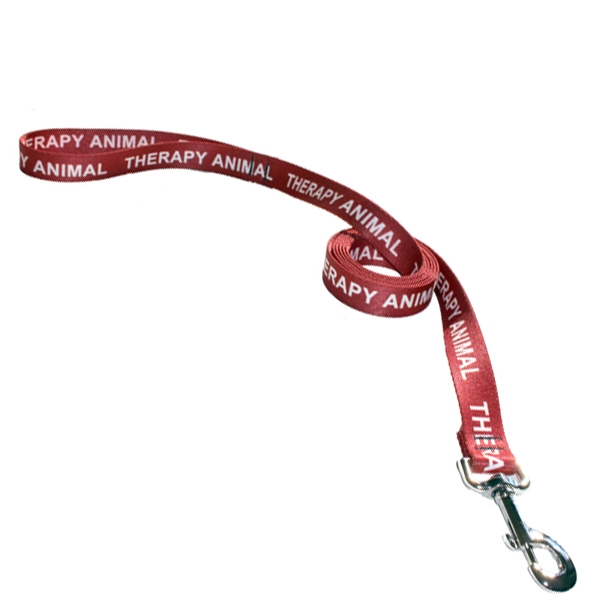Service Dogs vs. Emotional Support Animals: What You Need to Know

Although some are quick to assume that service dogs and emotional support animals (ESAs) provide the same kinds of help for their handlers, their responsibilities, training, and access to public spaces differ greatly. There is often much confusion regarding what service dogs versus ESA’s do for their owners and the rights and laws that protect each animal type. Here are details of what these categories mean.
What Is a Service Dog?
A service dog is trained to do work or perform tasks for people with disabilities. In the service dog world, it is known as task-training. These tasks are important functions that handlers are unable to perform on their own because of their impairment. A Service dog’s responsibilities depend on the requirements of the handler. Some of the skills may involve retrieving dropped items, pushing drawers, pulling doors open, turning lights on, and cabinets closed, bracing to offer balance for an owner, interrupting panic attacks or informing an owner to about insulin levels. But the scope of service animal’s abilities go beyond the day to day support they provide their handlers. The harder work is in creating a dog that can flourish under all kinds of situations because a service dog must be quiet, attentive to the handler, accepting of a multitude of environments, and unfazed by all imaginable situations.
What Do Service Dogs Do?
As defined by the Americans with Disabilities Act (ADA), service animals are individually trained to perform exact tasks and to work with people with disabilities. According to the ADA, disabilities can be physical, sensory, mental disability, psychiatric, and other intellectuals. The work of the service dog must be directly related to the disability of its handler. Here are examples of tasks that a service dog might perform:
- Guide dogs help blind people navigate in the globe.
- Hearing Alert dogs alert hearing-deficient people to sounds, such as a knock on the door or a person entering the room.
- Psychiatric services dogs (PSD) are trained to detect and lessen the impacts of a psychiatric episode.
- Service animals can help those in wheelchairs or who are otherwise physically limited. They can open doors or cabinets, fetch things their handler cannot carry, and reach items for their handler.
- Autism assistance dogs are trained to aid those on the autism spectrum to distinguish essential sensory signals like a smoke alarm, from other sensory input. They can also alert their handler to repetitive behaviors or overstimulation.
- Service dogs have been trained to identify seizures and will stand guard over their handler or bring attention to the disabled handler during a seizure or when help is needed.
What Rights Do Service Dogs Have?
The ADA mandates that service animals have complete public access rights, which means they’re allowed to go anywhere a person is allowed to go — even when pets are not allowed. They may be brought into libraries, restaurants, stores, and other public spaces. Busses, taxis, trains, must allow a disabled person to be accompanied by his/her service animal. A disabled handler may also live in no-pet housing with their service dog and not be charged a fee. A service dog must be permitted to accompany its disabled handler in the cabin of an aircraft and not be charged a pet fee. Each airline has its own rules for service animals. Most airlines require the dog to either sit on the lap of the traveler or at their feet. Dogs can’t block the aisle or sit in the emergency exit row.
Training Service Dogs

There are organizations who help pair a service dog with a disabled handler, and the training process takes time, substantial financial investment, and patience. The training begins with basic manners and continues to involve thorough socialization, impulse control and the specialized skills required to support their handler. The formal training procedure typically culminates with passing the Public Access test and Canine Good Citizen Test, which assesses the capability of the dog to be a proper, unobtrusive helpmate in public. Then, the handler and dog are matched and train together to be a working team. The scope of work that goes into preparing a service dog for the responsibility of assisting their handler and acting properly in public goes well beyond what usually occurs in pet dog training. People with disabilities have the legal right to take their service animal to any area where the general public is allowed, from movie theaters to hospitals, even when pets aren’t allowed.
Some handlers train their own pets, but typically begin with public behaviors (good dog manners), obedience, and finally task-specific training. This is a cost-effective method of attaining a service dog.
How to React to Service Dogs in Public?
Although it is tempting to talk to or pet a service animal, you should resist the urge. Remember, service dogs in public are “on the job”. It is pleasing that various people are excited to see such dogs in public, and it is most appropriate to direct your interest to the human on the other end of the leash, rather than assuming it’s okay to pet or speak to the dog.
What Are Emotional Support Animals?
Emotional support animals also offer a valuable service to their disabled handlers, but not in the same way as a service animal. They provide comfort through their presence but aren’t required to perform a physical task. To qualify for emotional support animal status, handlers must have a letter from a licensed mental health professional that prescribes an emotional support animal. The animal must always be under the control of the handler and should never cause a disturbance. People confuse emotional support animals with psychiatric service dogs trained to aid a person with a mental illness. Service animals help people with a mental illness perform precise behaviors such as reminding a person to take medication, alerting a caregiver if assistance is required, interrupting a panic attack, or awakening someone having a nightmare. An emotional support animal is not task-trained to perform those kinds of important function behaviors.
What Do Emotional Support Animals (ESAs) Do?
Emotional support animals (ESA) are typically Dogs and cats; the most common species of ESA – and most people just make their pet an emotional support animal. Dogs can be behavior and obedience trained, but it isn’t necessary for an emotional support animal to be able to perform a task for its disabled handler. The very presence of the animal is what ameliorates the negative symptoms of the person’s disorder. This is the primary difference between a service animal and emotional support animal. This does not minimize the important role the ESA plays in the lives of people with a psychological disorder. They are considered companion animals and ease loneliness, anxiety, depression, PTSD, and phobias. To be considered an emotional support animal, a person must be determined to be emotionally or psychologically disabled by a licensed mental health professional (therapist) or a medical doctor.
What Rights Do Emotional Support Animals Have?
Unlike service dogs, emotional support animals have only limited legal rights and usually need a letter of prescription from a licensed therapist or medical doctor (ESA letter). While they do not have unlimited access to public spaces, the Fair Housing Act protects a person with an emotional support animal and allows them to live in homes, apartments, condos, etc. where pets are not allowed. A person cannot be legally charged a deposit or other fee for their ESA. Even if a property has a cats-only policy, the landlord must accept your emotional support animal if it is a dog.
If the property has a policy that only allows dogs that weigh no more than 30 pounds and the emotional support animal weighs 75 pounds, the property manager must accommodate you and your pet. If the property accepts all dogs except pit bulls and your ESA is a pit bull, the property manager must allow your pit bull to live with you.
The Air Carrier Access Act is a federal law that requires airline companies to allow emotionally impaired persons to be accompanied in the cabin of the aircraft with an emotional support animal and not be charged a fee.
It’s a breeze for you to fly the friendly skies with your Emotional Support Animal (ESA)! You’ll just need a few things to enjoy smooth sailing, based on the Air Carrier Access Act and recommendations of USA-based airline companies.
Here’s What You Need to Know
- All airline companies will require you to produce a letter from a licensed therapist or medical physician that prescribes an ESA for an emotional disability. Most airlines will also require your therapist or physician to complete a short form that verifies your emotional disability.
- Although it’s not required by law, airlines now ask that you have identifying patches, a vest on your animal (or its cage, if it’s kept in one), and a service-type leash.
- The same applies to an attached photo ID card identifying your animal as an emotional support animal (from a credible agency like National Service Animal Registry).
- Airlines strongly recommend that you have an ID card, a service vest and/or ESA patches. When you have an official and documented ESA, the airlines are NOT allowed to charge you additional fees when your animal accompanies you in the cabin of the aircraft.
If you have the above items and your answers ready, it will be smooth sailing!

















































